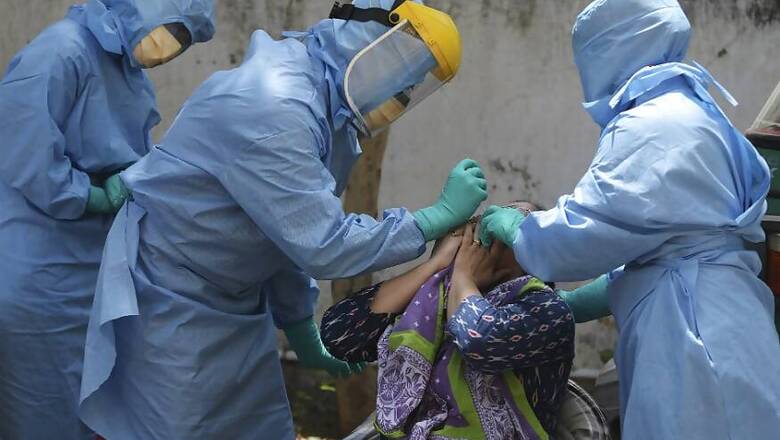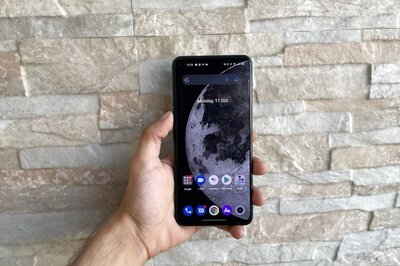
views
New Delhi: Two patients in Noida were discharged from a hospital after testing negative for Covid-19. They were back in quarantine earlier this week when the third test turned positive.
Apart from India, other countries like South Korea have reported cases of Covid-19 patients testing positive after having fully recovered from the disease. World Health Organisation (WHO) in a statement took note of this. The WHO guidelines say that a clinically recovered patient should test negative for virus twice with test conducted after 24 hours.
These aberrations in testing and their outcomes are quite baffling. Or maybe not!
Broadly speaking, a person’s exposure to novel coronavirus can be established by either a) testing the presence of virus in the body; or b) presence of anti-bodies released by our bodies to fight the virus.
The second test, also called the fast test or serological test, is useful only a week after a person is infected by the virus. That is the time the body is required to produce anti-bodies which then show up in our blood samples.
So, if a person is tested for the presence of anti-bodies anytime before the gestation period, there are chances the test results would be negative.
However, serological tests are useful to conduct large scale testing to evaluate and survey spread of the disease in a cluster or community. The results come handy in devising models to evaluate the trajectory of proliferation.
India is waiting for a consignment of serological tests kits to conduct anti-body tests in clusters which have shown local outbreaks.
On the other hand, WHO recommended Reverse Transcriptase-Polymerase Chain Reaction or RT-PCR is the most commonly used confirmatory test to identify Covid-19 cases. The test reads the presence of virus RNA in sputum or swab taken from a throat, nose or lower respiratory organ to detect if a patient is indeed a carrier.
“The RT-PCR test is more sensitive because in detecting the virus, the nucleic acid (RNA or the building block of the virus) is amplified many times over to detect the presence of the microbe,” says Dr Gagandeep Kang, executive director of the Transnational Health Science and Technology Institute, Faridabad.
Since the viral load in a Covid-19 patient is high for the first seven days, the probability of an early detection of virus in a patient using RT-PCR test is relatively high.
Despite being a highly sensitive test, sometimes even the RT-PCR tests may fail to detect the presence of virus in a sample.
Professor Leo Poon from the School of Public Health, Hong Kong University attributes these anomalies to a possible low virus load in a sample collected for testing.
“Take the example of fish in an aquarium. If there are many fish then there is no problem in taking a sample of the fish. So if the patient sample has a high viral load, the probability of catching the virus in the sample is high. Lower the number of virus in the sample, the lesser chance you would be able to get the test positive,” Professor Poon explained during a workshop for journalists earlier this month.
Some infected individuals, who have recovered from the disease may test positive in subsequent tests. This can happen if the sample collected contains even dead virus. The pathogen in this case cannot be cultured inside laboratories but the test would show its presence in the swab collected for examination.
“That is why, the patient sometimes tests negative in the second week of disease, in the beginning they are positive in the RT swab, then become negative, and subsequently you take another sample and they test positive again,” Prof Poon adds.
Preliminary research in China suggests RT-PCR may give false test in as many as three out of 10 cases. The study released last month showed highest positive rate of detection — 73 per cent to 89 per cent — was registered in samples collected from lower respiratory organs of carriers. The detection rate in nasal swabs was between 53.6 per cent and 73.3 per cent for both severe and mild cases during the first 14 days after illness onset.

















Comments
0 comment